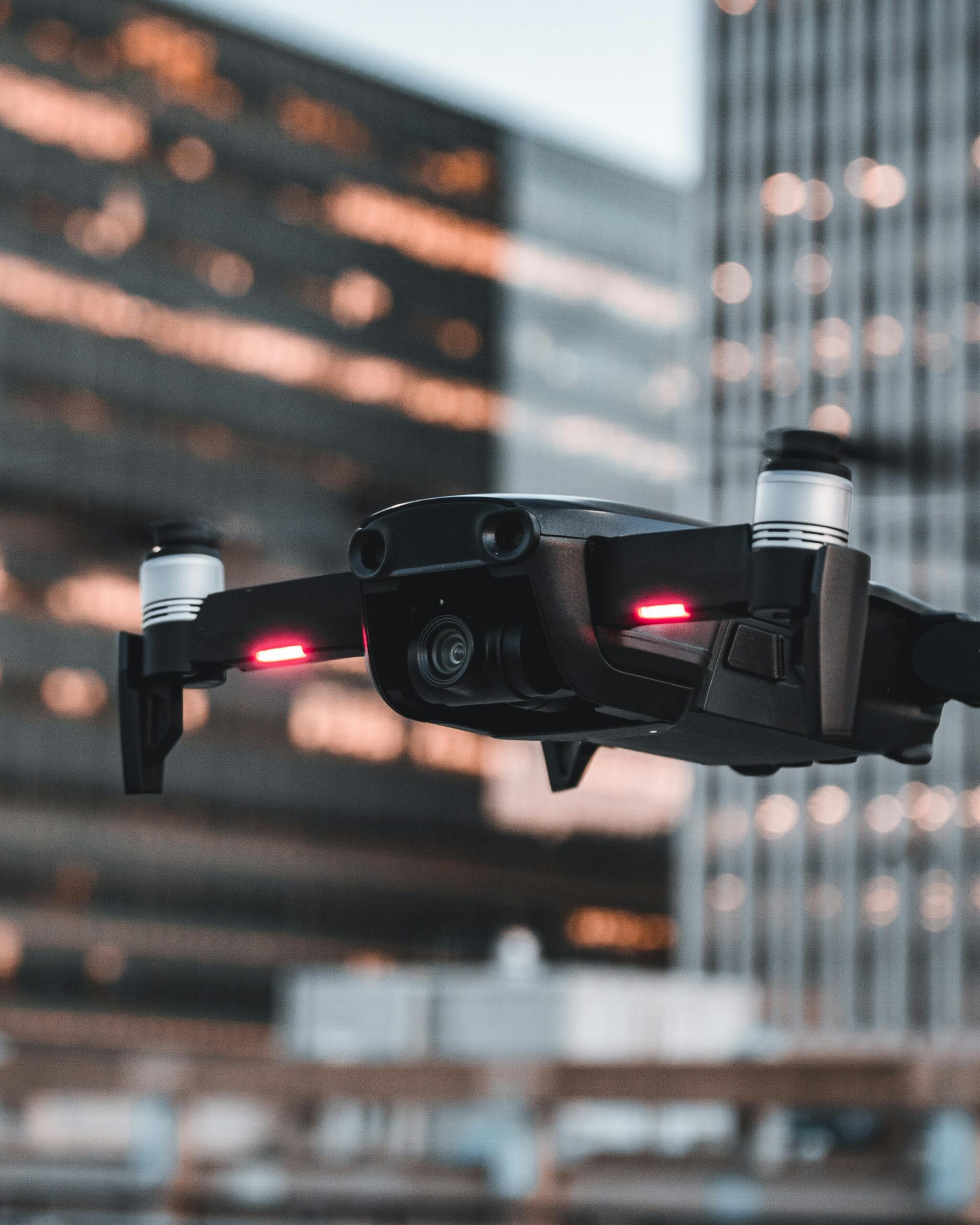2. Military Uses of Drones 🎖️
Drones, also known as Unmanned Aerial Vehicles (UAVs), have transformed modern warfare and military operations. Their ability to operate remotely and autonomously makes them invaluable for a variety of missions.
🕵️ Reconnaissance and Surveillance
One of the most common military uses for drones is reconnaissance. Drones are deployed to gather intelligence by monitoring enemy movements, scanning large areas, and relaying real-time data to commanders.
Key Military Drones for Recon:
- RQ-4 Global Hawk: A high-altitude, long-endurance UAV used by the U.S. Air Force for surveillance. It can fly for over 34 hours at an altitude of 60,000 feet, covering vast distances and providing detailed imagery and data.
- MQ-9 Reaper: This drone is equipped with advanced cameras and sensors to conduct high-level surveillance missions, but it can also carry weapons, making it a versatile tool in military operations.
💣 Combat Drones (UCAVs)
Drones are not only used for observation; Unmanned Combat Aerial Vehicles (UCAVs) are armed with missiles or bombs and are used in precision strikes against targets. These drones reduce the risk to human pilots and can be deployed for dangerous missions.
Key Combat Drones:
- MQ-9 Reaper: Besides reconnaissance, the Reaper drone is used for targeted strikes. It can carry laser-guided missiles and smart bombs, and its long endurance makes it ideal for persistent surveillance and attack missions.
- X-47B: A cutting-edge autonomous stealth drone developed by the U.S. Navy. It can take off and land on aircraft carriers without a pilot’s input. It’s designed for long-range strikes in hostile environments.
🛰️ Drone Swarms
An emerging trend in military technology is the use of drone swarms—groups of drones that operate together to overwhelm defenses or cover large areas. These swarms can:
- Coordinate autonomously: The drones can communicate with each other to complete tasks like surrounding a target or scanning a battlefield.
- Act as decoys: In combat, drone swarms can confuse enemy air defense systems, forcing them to target the drones while human-piloted aircraft carry out attacks.
Recent Examples:
- Perdix Drone Swarm: Developed by the U.S. Department of Defense, this system releases a large number of small, autonomous drones that can work together to complete complex missions, such as surveillance and electronic warfare.
